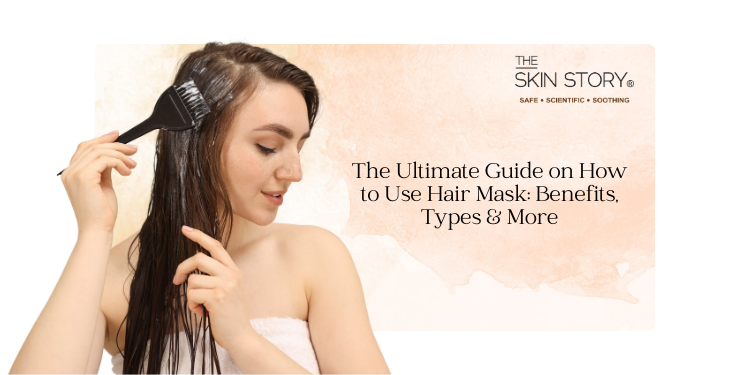Hair masks are a game-changer in hair care, offering deep conditioning and nourishment to keep your locks looking their best. Whether you’re dealing with dry, damaged hair or just want to give your tresses some extra love, using a hair mask is an easy and effective solution. In this guide, we’ll explore the benefits of hair masks, how to apply them, and the best types of hair masks for different hair types to help you achieve healthier, shinier, and more manageable hair.
1. Why You Should Use a Hair Mask
Hair masks are designed to provide your hair with intense hydration and repair, making them an essential part of a deep conditioning routine. They are packed with powerful ingredients like oils, proteins, and vitamins that nourish the hair from the roots to the tips, leaving it feeling softer, looking shinier, and less prone to damage. Some of the key benefits include:
- Deep hydration: A hair mask helps restore moisture to dry and brittle hair.
- Repairing damaged hair: If you have hair that's been over-processed or exposed to harsh environmental factors, a good mask can help repair and restore its health.
- Boosts shine and smoothness: Regular use of a hair mask enhances your hair's natural shine, leaving it soft and silky.
- Detangles hair: Hair masks can reduce tangles and knots, making it easier to comb or style your hair.
2. How to Use a Hair Mask
Using a hair mask is simple, but to get the best results, it’s important to follow the right steps:
-
Step 1: Shampoo Your Hair
Start by washing your hair with a gentle shampoo to remove any dirt or buildup. It’s essential to cleanse your hair before applying a mask so that the active ingredients can penetrate the hair shaft more effectively. -
Step 2: Apply the Hair Mask
Take a generous amount of your chosen hair mask and apply it evenly to your damp hair. Focus on the mid-lengths and ends, where your hair is most likely to be dry or damaged. Avoid applying the mask directly to your roots unless the product specifies it’s safe for scalp application. -
Step 3: Leave the Mask On
For the best results, allow the mask to sit for the recommended amount of time (usually 10-20 minutes). For extra nourishment, wrap your hair in a warm towel or wear a shower cap to help the ingredients penetrate deeper into your hair. -
Step 4: Rinse and Style
Rinse the mask thoroughly with lukewarm water. Follow up with your favorite conditioner if necessary and style your hair as usual. You’ll notice your hair feeling softer, shinier, and more manageable after the first use!
4.How Often Should You Use a Hair Mask
The frequency of use depends on your hair type and its current condition:
- Dry or Damaged Hair: Use a hair mask once or twice a week for intense hydration and repair.
- Normal Hair: Once every two weeks should be sufficient to maintain healthy hair.
- Oily Hair: Opt for a lightweight, scalp-focused mask and use it once a month.
5.Tips for Maximizing the Benefits of a Hair Mask
- Warm Towel Method: Wrap your hair in a warm towel after applying the mask. The heat helps open the hair cuticle, allowing the mask to penetrate more deeply.
- Consistency is Key: Make hair masking a regular part of your hair care routine for the best results.
- Avoid Over-Masking: Using a hair mask too frequently can lead to product buildup and make your hair feel heavy. Stick to the recommended usage based on your hair type.





